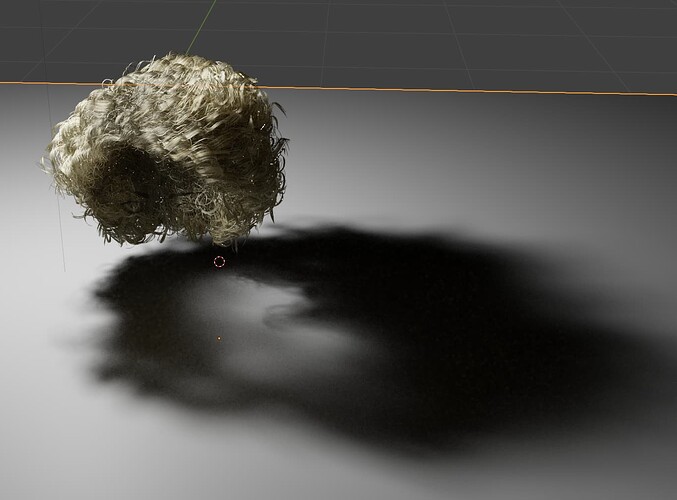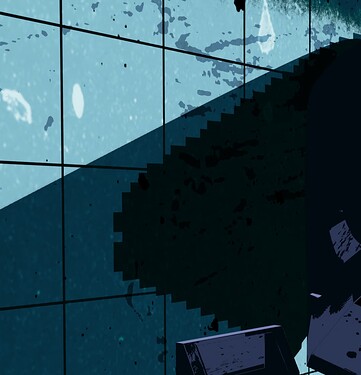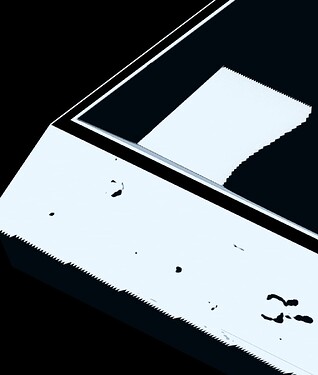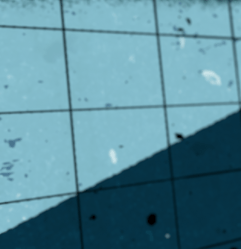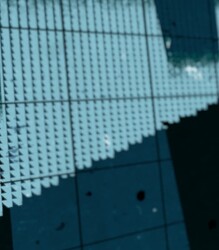Yes, but that doesn’t mean it has to be exactly the same, that wouldn’t make any sense to rewrite the engine and not improve on it’s shortcomings and not add needed and requested features.
I would say that with things like Global Illumination, RT shadows, and various Eevee Legacy light setting being removed from the individual light panels and replaced as a Global function, that Eevee Next is already a different beast. Can Next look like Legacy’s stylized look? From what I’ve seen from other artist that are already using it, It sure looks like it can with proper adjustments. But out of the box Next appears to be behaving more like Cycles now. And I think that is a great thing. ![]()
I’ve been considering that, maybe I’m too fond of the look I got with Legacy on that specific scene and with Next it’s just things work different and I’ll have to get used to it, but on the other hand I’ve been unable yet to achieve that subtle shadows under the hairs and close geometry that make them look real or grounded, maybe it’s possible but me and @philovivero are having trouble with that type of shadows.
But if someone is trying to match the look of Legacy, as with the comparison that set this discussion off, they should be comparing with Legacy, not with Cycles. And currently the required look is not being achieved in the way it ought to in Next working to the feature parity requirement.
In my case is because of the lack of contact shadows which aren’t obviously physically correct but I find them to be really useful, maybe for stylistic reasons but @fclem said he’s considering keeping them, for a specific case of avoiding light leaking.
Whatever changes in lighting i make, I can’t find the look of contact shadows, which to me look so much better at least for characters facial features (first one is EEVEE Next, then Legacy:
I’ve noticed “ortographic projection” is much slower than “perspective” in rendered display, can anybody confirm this?
I doubt that the studios would stop using blender because Eevee Next differs – nothing is holding them back from using older versions. You always have a tendency to exaggerate a little ![]()
EDIT:
Totally forgot my feedback ![]() For me todays build feels much faster than any build (macOS) with Eevee Next before – great work devs! Thx for your hard work!!!
For me todays build feels much faster than any build (macOS) with Eevee Next before – great work devs! Thx for your hard work!!!
I doubt that the studios would stop using blender because Eevee Next differs
I’m married to my wife and to Blender… If it goes down I’ll go down with the ship.
…although we’re historically famous to solve problems in ships.
I believe your issue with this particular setup is that the light bleeding is caused by the shadow tracing.
If you set your light size to 0 (or very small) and get no leak, then it is a shadow tracing issue. Increasing the number of Shadow ray steps (in render settings) can improve the result. Otherwise, you have to use jitter shadows for increasing the accuracy. But even that will have light leaking to some extent (as it did in EEVEE-Legacy).
If setting your light size to 0 doesn’t improve the leak, then it is a resolution / bias problem. Reducing the Shadow Resolution Limit will increase the resolution and reduce the auto bias. As I said before in this thread, the Filter size should be kept to 1 except if you experience a high level of aliasing. Otherwise it increases light leaking.
The resolution limit should be set to the size:pixel ratio of the subject. If your head is 20cm wide and covers 500px, then you should set 0.01 * 20/500 = 0.0004 m if your scene unit is meter. You can also set it to 0 to request the maximum resolution possible.
However, do note that all local lights will eventually run out of precision if they are far away from the subject. If the light is quite far from the subject, prefer using a Sun light if possible.
As for hairs shadowing, I am not sure about what it the actual issue.
Here is an example with the Geometry node Hair demo file.
There are a few issues though:
- Sometimes, the shadow LOD transition is clearly visible. Can be mitigated with Jitter soft shadows. But maybe we should find another solution.
- Using Strands over Strip will make the shadows inflate in the distance. That’s a limitation. I would advise to always use Strip if possible. There might be a future where we remove strands support.
- Jitter shadow have issues if you have a wide range of depth in a single projection. This should only manifest in the viewport. This manifests with shadow acnee artifacts (because the bias is understimated) and is likely to be what you were running into at some point. I am looking into fixing this issue but it might reduce the performance for viewport (which I think, if one is using jittered shadows, isn’t that much important).
Your file seems to have been an older file loaded into EEVEE-Next.
This setting is turned on during versioning of older file. But EEVEE-Next shadows works best if it is turned off. This was introduced to avoid a huge memory usage difference between EEVEE-legacy and EEVEE-Next, and having a lot of older files having the “shadow buffer full” issue.

Thanks, I guess it’s just a case of “not reading the manual” disease ![]()
I’ll read it carefully when it’s done to make sure I’m using EEVEE correctly. I see there’s a complete different aproach to shadows that I have to grasp.
Have you decided yet to keep or remove contact shadows? I guess EEVEE shouldn’t include this kind of physically incorrect tricks but they could be a solution for an otherwise complex combination of lights parameters and rendering settings tweaking?
It’s not that we have chosen to not include it. It is mainly because we don’t have time to implement it right now. But also, if it is to be implemented back, it will be a single toggle switch without any tweaking.
It has some annoying aspect that it disregards the shadow visibility of the object. Which is confusing sometime.
Also there is the issue of implementing it in an efficient manner without making everything slower.
The manual still needs to be written, that’s one of my top priority now.
As I understand, because of the screen space nature of the raytracing implemented, this behaviour of darkening and lightening of the shadows depending on the camera distance and the image limit distance is expected behaviour and unavoidable (but mitigated by the overscan feature) right?
Hey @fclem, thanks for all your hard work!
Do you think there can be room for improvement for pixelated results when we want to achieve harsh (non-blurred) shadows?
In order to get this NPR crisp look, which I’m porting from Eevee Legacy, my Next settings are:
Render settings> Shadows> Rays and Steps set to 1
Lights properties> Shadow> Jitter disabled, Filter and Resolution limit set to 0
In legacy, I could tweak some of the contact shadows settings to avoid artifacts, especially since I wasn’t going for a photoreal result. In next sometimes I feel I have less workarounds to achieve this.
Also, if the image is still, everything is fine, but as long as we’re doing an animation (in my case the camera moving forward) more artifacts appear when I play frames.
Still
Animated
The image has improved a lot with your tips, thanks again!
Optimally, contact shadows wouldn’t be required…IE, just a cleaner hard edge of the shadow would resolve it.
If you run out of shadow map precision then there is currently nothing you can do to increase it. The only option for now would be to replace your local light by a sun light.
In the future, I want to make the spot lights with shallow cone angle focus the shadow map projection. This would allow very sharp shadows of distant local lights.
This is a bug that I am aware. I’ll be fixing it shortly. But do be aware that shadow resolution is scaled down internally during animation to avoid shadow update overflow.
What about point lights? Is there a way to get sharp shadows with them?
Using shadow map only, I don’t think that’s possible. We could find the bounding cone of the receivers and rotate the light towards them and reduce the projection to the cone, but that sounds like very involved and would trash the shadow map cache (very bad for performance).
Instead I think it would be easier to have a denoising + sharpen option on the shadow buffer itself. But that requires deferred shadowing. This would also allow sharp shadows from larger lights that generally produce soft shadows.
@fclem was I right about the darkening and lightening of shadows, that’s a limit of the SS Raytracing, right?
EVEE-next doesn’t support panoramic equirectangular for 360 images ? It does have panoramic selection in camera settings though but it does nothing.
